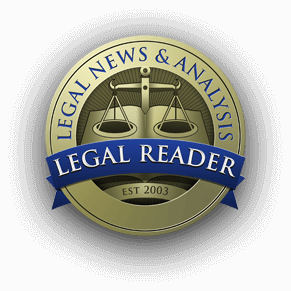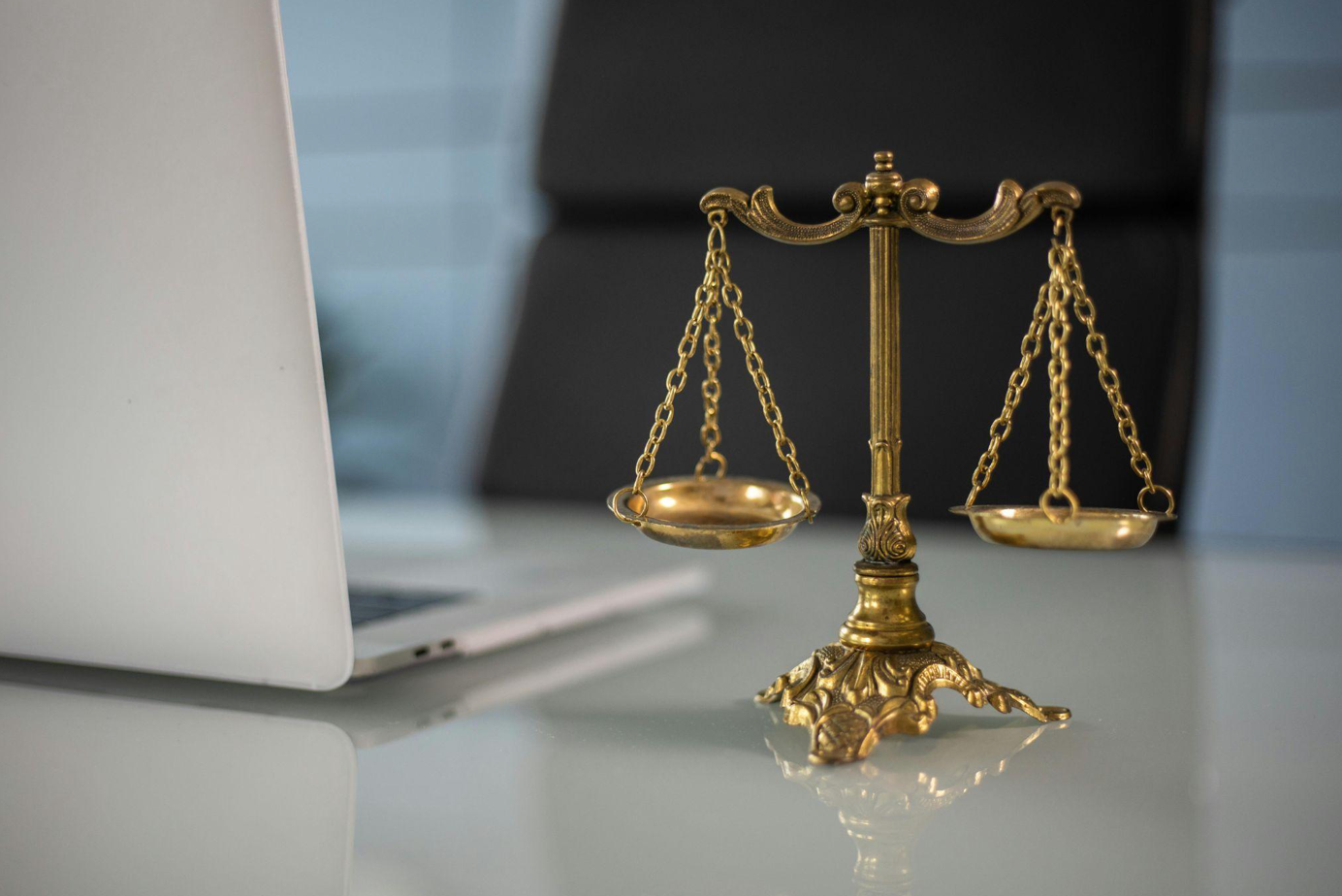You need a competent car accident lawyer by your side, advocating for your interests and helping you navigate the complexities of your case.
Car accidents can be life-altering. Victims may sustain physical injuries, experience emotional distress, and suffer from financial burdens for years, and some may even be unable to recover completely. Given these devastating consequences, determining fault is a critical step in securing fair compensation for the victim’s losses. Understanding how fault is established can significantly impact the outcome of your accident claim.
This article will guide you through the process of determining fault and highlight the importance of seeking legal assistance when navigating motor vehicle accident cases. Read on to learn more.
The Role of Evidence in Determining Fault
One of the most crucial aspects of determining fault in a car accident is gathering and analyzing evidence. Evidence can come from sources such as police reports, eyewitness testimony, and accident reconstruction specialists. The first police responders who come to the accident scene often document their observations, which can include skid marks, traffic light violations, or signs of a drunk driver. These details can serve as compelling evidence when establishing liability.
Medical records also play a vital role, especially in cases involving extensive injuries like traumatic brain injury, spinal cord injury, or orthopedic injuries. Medical professionals can provide expert testimony to link your injuries to the accident, which is particularly important if you have pre-existing injuries. Additionally, photos of the accident scene, vehicle damage claims, and cell phone records can help reconstruct the events leading up to the collision.
For accident victims, the benefits of hiring a car accident lawyer in Oklahoma City and other locations become evident during this stage. An experienced lawyer knows how to gather valuable evidence, negotiate with insurance company representatives, and build a strong case to prove the faulty driver’s negligence.
Understanding Traffic Laws and Comparative Fault
Traffic laws are the basis for determining fault in motor vehicle collisions. Violations such as running a red light, speeding, or driving under the influence can immediately point to the fault party. However, some cases are more complex, especially in states that follow comparative fault rules. In these jurisdictions, fault can be shared between multiple parties, and the percentage of your responsibility for the accident will be the basis for the reduction of your compensation.
In cases of rear-end collision, the driver who hit the other vehicle is typically at fault. However, if the front driver suddenly stopped without cause or had faulty brake lights, they might share some liability. Similarly, in a head-on collision or broadside collision, determining fault may require a thorough investigation of the accident details.
Your lawyer can help you better understand and manage complexities and ensure that the liable party is held accountable. They can also protect you from defense arguments that attempt to shift blame onto you.
Dealing with Insurance Companies
Car accident victims turn to their insurance coverage to cover expenses. However, insurers seek to minimize payouts if they can. After the auto accident, the at-fault driver’s insurance carrier may try to settle quickly, offering a lowball settlement that may not be enough to cover your medical expenses, physical therapy, or lost wages. This is where your skilled auto accident attorney becomes invaluable.

Your lawyer can coordinate with your insurer and protect your rights. If the at-fault driver’s insurance coverage is insufficient, you can also ask your lawyer to help you process an uninsured motorist claim or an underinsured motorist claim. Through their knowledge of insurance policies and negotiation tactics, personal injury attorneys can get a full settlement that covers all of your damages.
The Importance of Legal Representation in Accident Lawsuits
If your accident claim can’t be resolved through negotiations, filing an accident lawsuit may be necessary. The accident lawsuit process involves several stages, including the discovery process, where both sides exchange evidence and pre-trial motions. During a jury trial or civil trial, your attorney will present compelling evidence, such as expert testimony, medical records, and accident reconstruction reports, to prove the defendant driver’s negligence.
In cases involving severe injuries like lumbar disc herniation, cervical surgery, or spinal fusion surgery, the stakes are even higher. A skilled personal injury lawyer can argue for both economic and non-economic damages, including compensation for emotional distress, mental anguish, and permanent injury. In addition, punitive damages are also possible in cases involving egregious behavior, such as drunk driving.
Conclusion
If you’ve experienced the same and have sustained injuries in a motor vehicle collision, don’t hesitate to seek legal assistance. You need a competent car accident lawyer by your side, advocating for your interests and helping you navigate the complexities of your case. With their expert help, you can secure the compensation you deserve. Remember, time is of the essence—contact a personal injury lawyer today to protect your future.


Join the conversation!